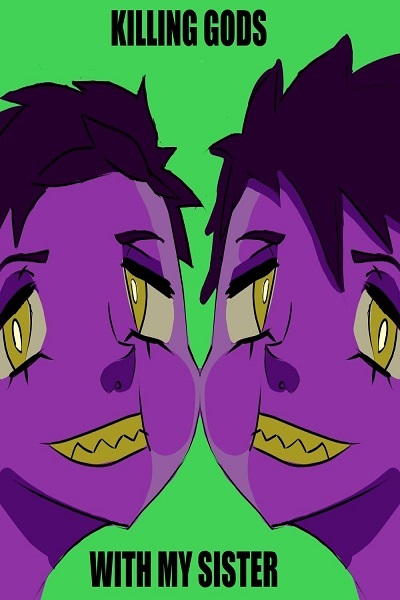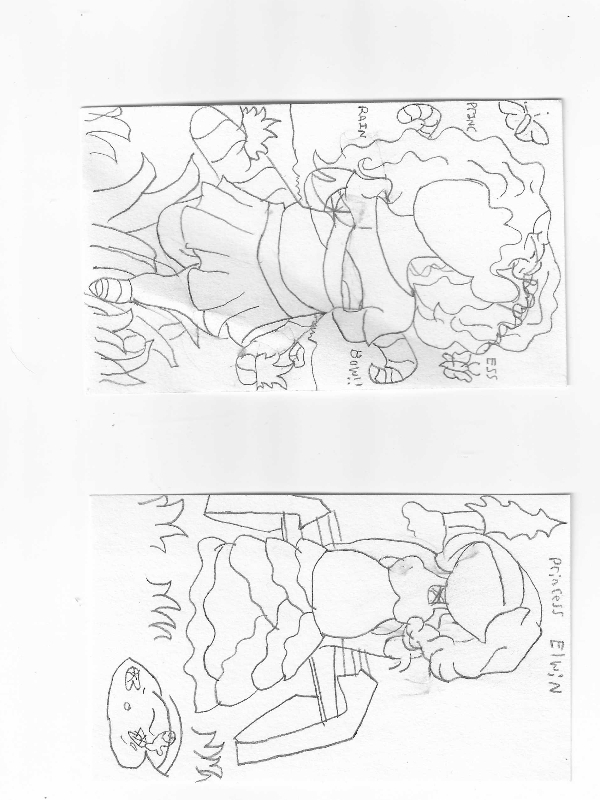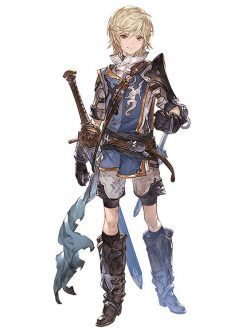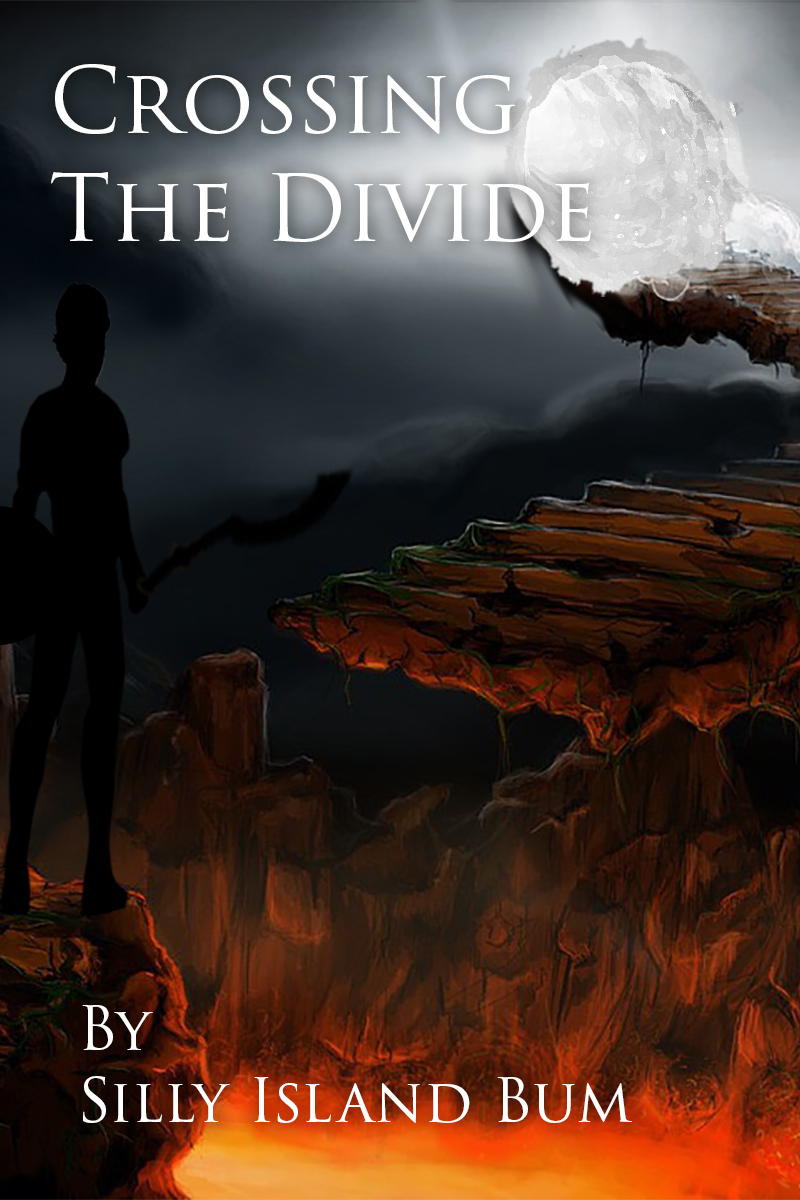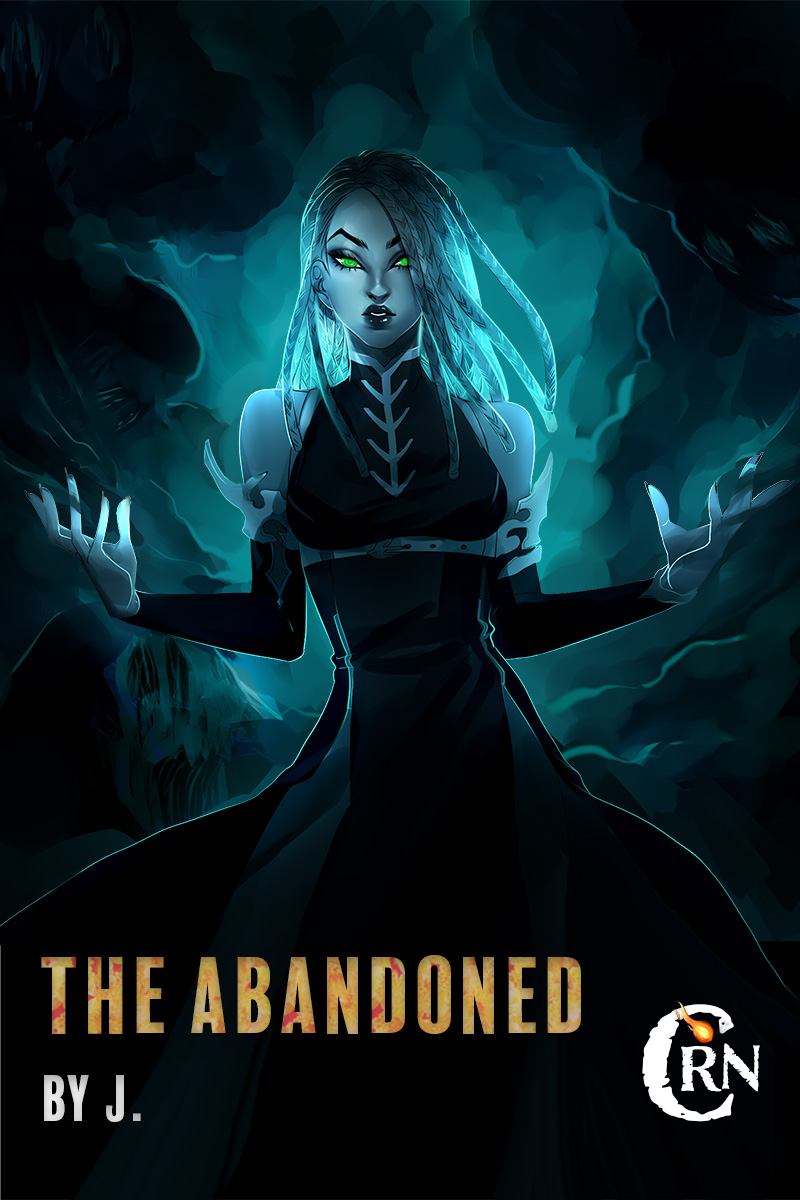.
With my heart sinking, I radioed, “Googly, I’m out of mass. Inform control that I’m eyeballing my own course.”
“What?”
“I don’t have enough range to do it their way. I’m taking the direct route. I’ll sideslip it at the end to brake and line up.”
As I was speaking, I was already turning back to the left.
This is not going to be easy to explain. What they wanted me to do was a dogleg, flying until I could turn and line up with the runway, descending gently the whole way. What I was doing instead was taking the hypotenuse of that triangle. I would then bring her around while still too high and fast while in a side-slip– that’s like the aircraft version of a car skidding sideways down the road– to drop velocity and altitude at the same time. Normally, rapidly losing altitude makes you gain speed, not lose it.
“Do you do nothing the boring way?” Googly demanded.
“It’s not my fault, Googly. Blame the universe. It keeps throwing trouble at me.”
I didn’t whine it or say it like a protest. I was just giving a self-evident statement of fact.
Molly was dropping like a rock, even without the sideslip, frankly. The manual claims a Dragon has a 5:1 glide ratio in this atmosphere. I had consulted it while waiting in the cockpit. But this particular Dragon had been customized with a heavy ramp in front and lighter engines. I had my doubts I was going to get the same performance out of it. I started doing speed math estimates from the numbers I was getting for altitude and distance, trying to get a better read on the ratio, sweating like mad as I did the arithmetic.
“I’ve given them a head’s up.”
“Alert them it’s a medical evacuation flight. Have multiple ambulances on standby. I’m loaded with wounded.”
“I did already.”
I really had just eyeballed a good spot, a little short of the near end of the runway, and pointed Molly at it. I didn’t have whatever landing aid instruments the field was running, so I was working strictly with estimates and instinct. I had a ground altitude from the landing radar — passing through four hundred meters — and an airspeed– five hundred sixty kmh, but I had no idea what the actual distance remaining was.
Googly could receive the landing system feed. “Can you give me a distance to the end of the runway?”
“Sixteen hundred meters!”
Cripes. I was almost there, and I still wasn’t sure if it was safe to drop the landing gear yet. I was going awfully fast.
How long did Dragon gear take to drop? What kind of airspeed could it stand? I wasn’t sure.
“How long is the runway?”
“Twenty four hundred meters!”
Well thank gawd something was going right. I wouldn’t need the whole runway to stop. I could afford to waste some of it. Probably.
But I decided I just wouldn’t be getting any slower. I dropped the gear.
It hit bottom with a satisfying thunk and three green lights, indicating the gear had locked– came on.
“Good girl,” I crooned quietly to Molly. “Just keep working with me like that.”
I began my turn to get my final vector, lining up on the runway. It felt like I was a mile too high. I yelled into the PA, “Take hold take hold take hold,” then ruddered right while banking left.
In a classic aircraft, that combination would make the wings turn one way while the nose of the aircraft turned the other. The Dragon doesn’t have the classic layout, but the computer translated the instructions and twisted the eight wing fins into the correct configuration in order to get the same result. Essentially, it made the front end try to go one way while the back end went the other, and the craft ended up attempting to fly sideways.
It’s like skidding sideways down the road. I was crabwise and dropping like a stone due to the lift I was losing while I was looking out the side window to watch my course. Because I was presenting so much more cross-section to the air sideways than I would head on, it was like having popped open a drag chute. The gees pushed me and everyone in back painfully sideways, varying as I increased and decreased to work the craft through the rest of the turn until our flight path came into line.
The end of the runway disappeared beneath me, but I had to hold it four seconds longer before I had dropped and slowed enough. I straightened the nose back out with the landing gear only a dozen or so meters about the ground, raising the nose and praying I still had more forward motion than downward motion.
We were still going too fast as we hit the pavement, and the craft bounced after the first contact. I forced it into a better flare as it came down again, jarring the craft a second time, and jammed on the landing gear brakes. It was a violent, shaking ride, with the far end of the runway coming closer and closer. The gear temperature warning lit and the anti-skid system pulsed the brakes continuously as we hurtled down the strip.
It looked like the land dropped off beyond the runway. I couldn’t tell how far down it was going to be. I just prayed we wouldn’t find out the hard way and kept trying to push the brake pedals through the floor.
At long last, our speed decreased and Molly came to a stop.
There was no word from Googly, who didn’t land and had probably outrun the range of my short-range headset. Nor was there any word from the ground. But I could see a line of vehicles, including a number of ambulances, was headed our way.
I discovered I wasn’t breathing, and let the air out of my lungs. It took about a minute before I could peel my fingers off the stick and throttles. The feeling in my legs came back a few minutes after that.
# # #
The way back home was boring, and took quite a while. But don’t get me wrong; in war, boredom is a good thing. It means no one is shooting at you.
The hospital wouldn’t clear Farley and Garza to return with us. Farley not only had to have his bones properly set, and a plate and some screws put in his thigh, there was some concern about his back. Garza had to go through a surgery to repair a lung and remove the debris that had lodged in his rib. That meant they both had to first be stabilized, then sent to A[hika C for treatment and therapy. They would return to Earth on standard personnel transport.
So once Red declared the lander properly spaceworthy, we had a five day flight ahead of us. I offered to hold up long enough to let Red take a visit to Farley like I had already done, but she declined. I guess she wasn’t kidding.
We had to catch up to Kirkwood and the Mo. The flight plan I had given her featured staying in Meta-space only long enough to get out of Sebka combat radius, then dropping into Normal Space and loafing along waiting for us to catch up. Since she only had to get to A[hika C, she had plenty of propellant in the tanks to accelerate and scram out of there if anything decided to try to intercept her, but thankfully, nothing ever did.
So it was possible for us to catch up, but it was a long haul on Molly’s engines. Five days without my games and stuff. Red and I didn’t even have our Magic decks to resume our competition.
I could talk to her again, though. We talked a lot. She would just come in and sit inside the cockpit with me to chatter. Just the way things used to be, back when Mo was a transport with a crew of two.
Fortunately, the SC guys had an extra pack of poker cards and we occasionally played Gin instead of Magic. So while they were back there apparently getting schooled in poker by a certain Zindavoor, we played Gin.
She talked about her plans now that she was out of school, and asked about my plans for after I finished the senior year that was about to start. Not surprisingly, both of us had formerly expected they would move us into a regular cargo group once I was done with school, and both of us now had no idea what to expect now that Mo’s role had changed. So these conversations had a lot of ‘ifs’ in them.
Which is when she asked, “Are you hoping we stay together?”
I nodded. “Yeah.”
“‘Cause it would suck to learn to work with someone new?”
After taking a moment to think about it, I shook my head. “No, actually, I don’t think that’s it.”
She tipped her head. “Really? What do you mean?”
“I can learn to work with new people. I adjusted to working with Kirkwood and Letour and everyone else just fine. I could learn to work with a new plugger too. So that’s not the reason.”
Red grew a thoughtful look, then just commented, “Hm.”
After a while, I said, “You know, I really missed talking to you like this.”
“You were jealous,” she teased, but I nodded.
“Yeah. Maybe I was, a little.”
The look on her face was not one that appears on Red’s face often. Not quite stunned or gobsmacked, just caught by surprise.
I explained, “I missed working with you, Red. We work well, together.”
She looked at me for a long time, then her lip twisted into a slight smile, and she again commented, “Hm.”



